|
|
Post by oxbowfarm on Jun 21, 2013 6:05:02 GMT -5
Both vulgaris and acutifolius both show epigeal germination. I couldn't tell Mitla Black and Blue Speckled apart until the primary leaves unfolded.
|
|
|
|
Post by raymondo on Jun 21, 2013 7:13:51 GMT -5
I don't think there is any doubt that Oxbow's Mitla Black is not Phaseolus acutifolius and It has already been pointed out that, so far, no-one has observed any distinguishing tepary phenotypes in growouts of Reslilient Bean Breeder. For what it's worth, of the ten plants I grew from seed sent to me by Holly, not one exhibited any of the distinguishing tepary characteristics. It seems highly unlikely that the Black Mitla in Carol's garden that year was a tepary. Does anyone know how to contact her? This could all be settled by asking Carol to have a good look at the Black Mitla she has, referencing the list of tepary vs common bean characteristics as she does so.
|
|
|
|
Post by DarJones on Jun 21, 2013 10:19:47 GMT -5
Vax 4
Vax 3
Vax 1
Oaxaca 5-1
Xan159
In my garden this year. Very Very distinctive tepary traits for some of them.
|
|
|
|
Post by paquebot on Jun 21, 2013 13:40:24 GMT -5
Another possibility is that someone reached for Black Tepary and picked up Black Turtle. That could happen here as I have both and they are almost impossible to tell apart. I could send a mix of 25 of each and you'd have fun trying to separate them!
Martin
|
|
|
|
Post by raymondo on Jun 21, 2013 17:15:30 GMT -5
Another possibility is that someone reached for Black Tepary and picked up Black Turtle. That could happen here as I have both and they are almost impossible to tell apart. I could send a mix of 25 of each and you'd have fun trying to separate them! Martin Indeed, and if that were the case, then asking Carol to check her Black Mitla may reveal nothing at all, except that it is a tepary! |
|
|
|
Post by DarJones on Jun 21, 2013 19:52:35 GMT -5
Here are pics to compare. I'm leaving them at a fairly high resolution. Nuna Frontina Negra 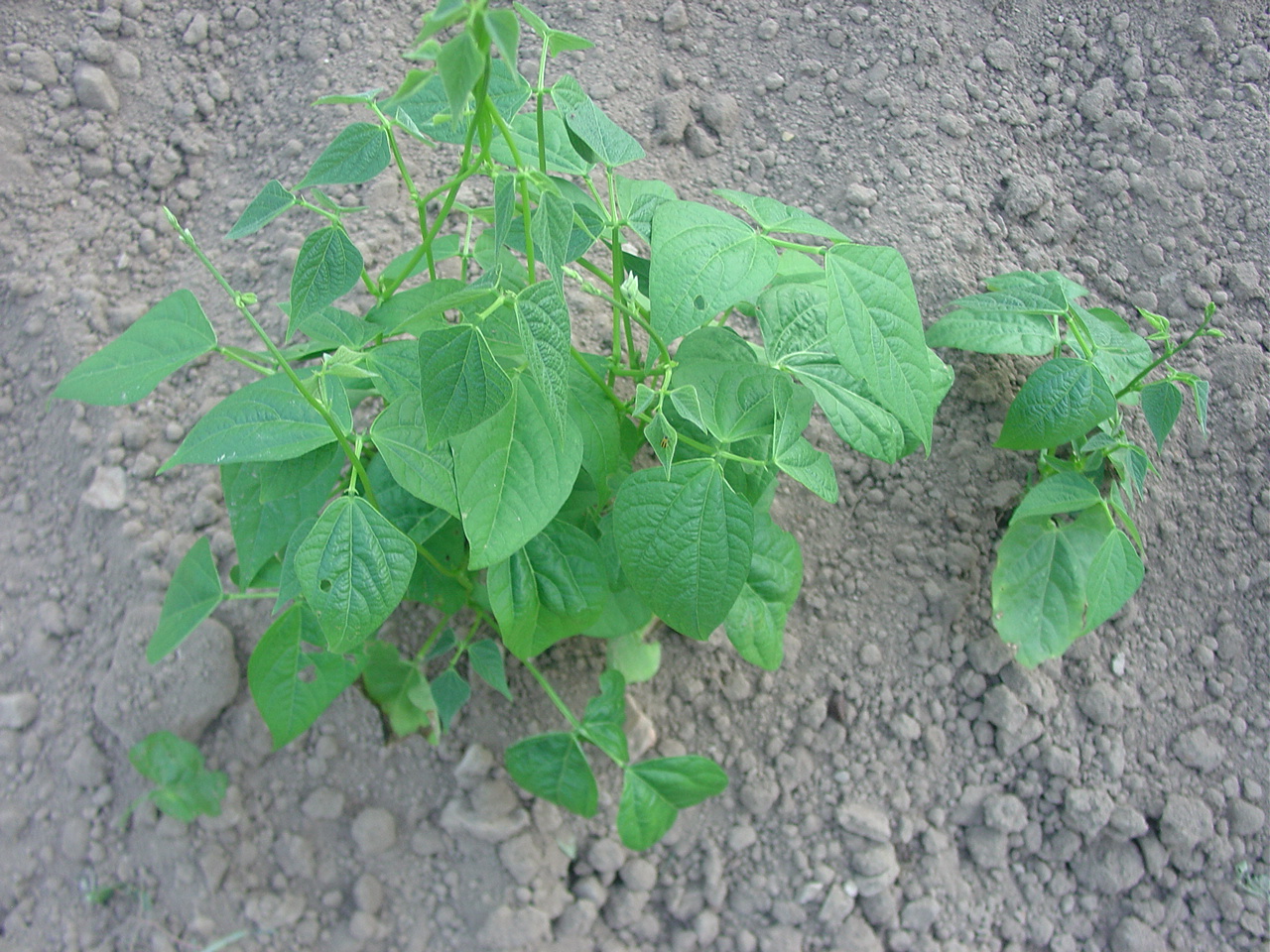 Nuna Mani Rojo 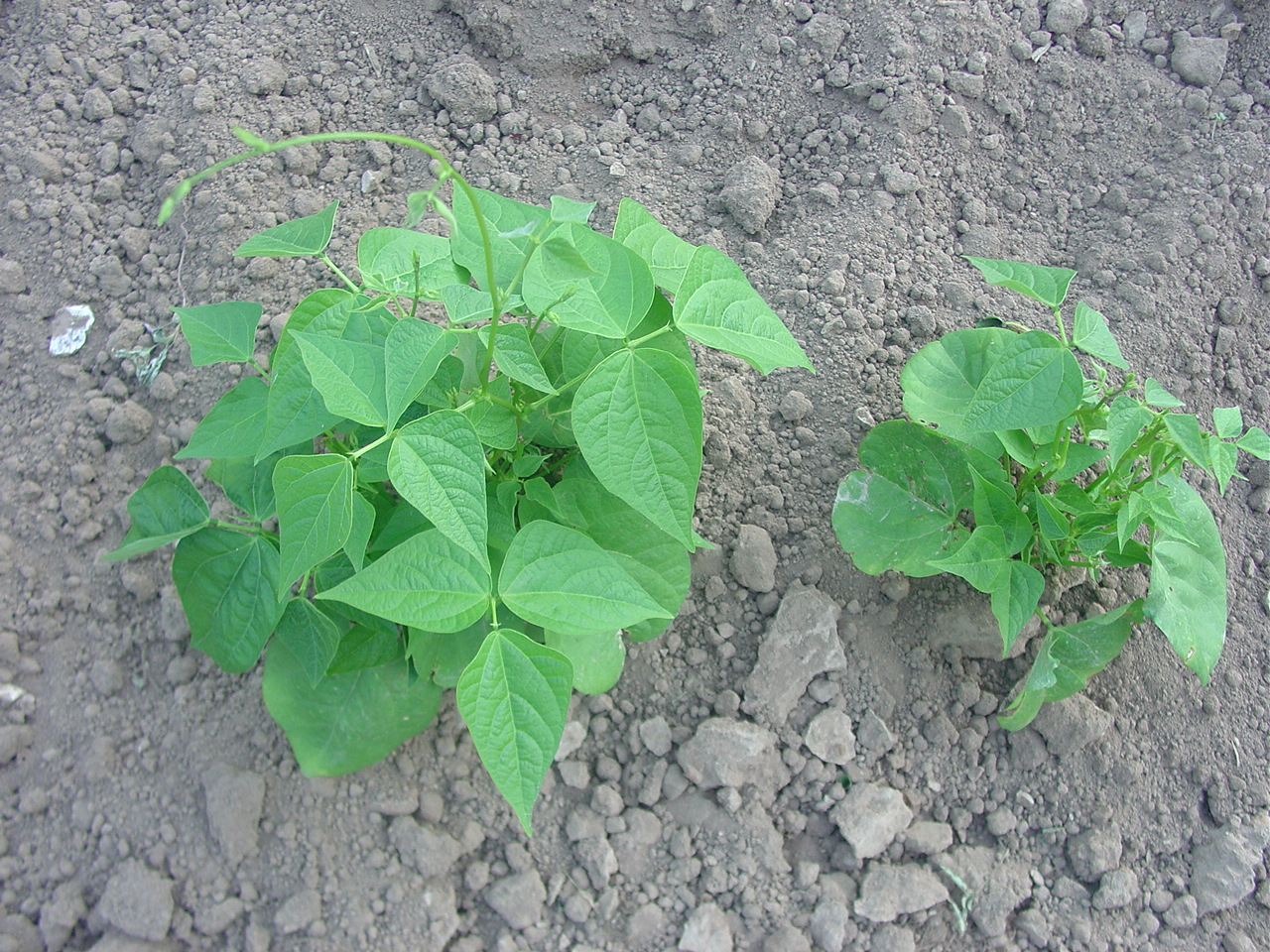 Oaxaca 5-1 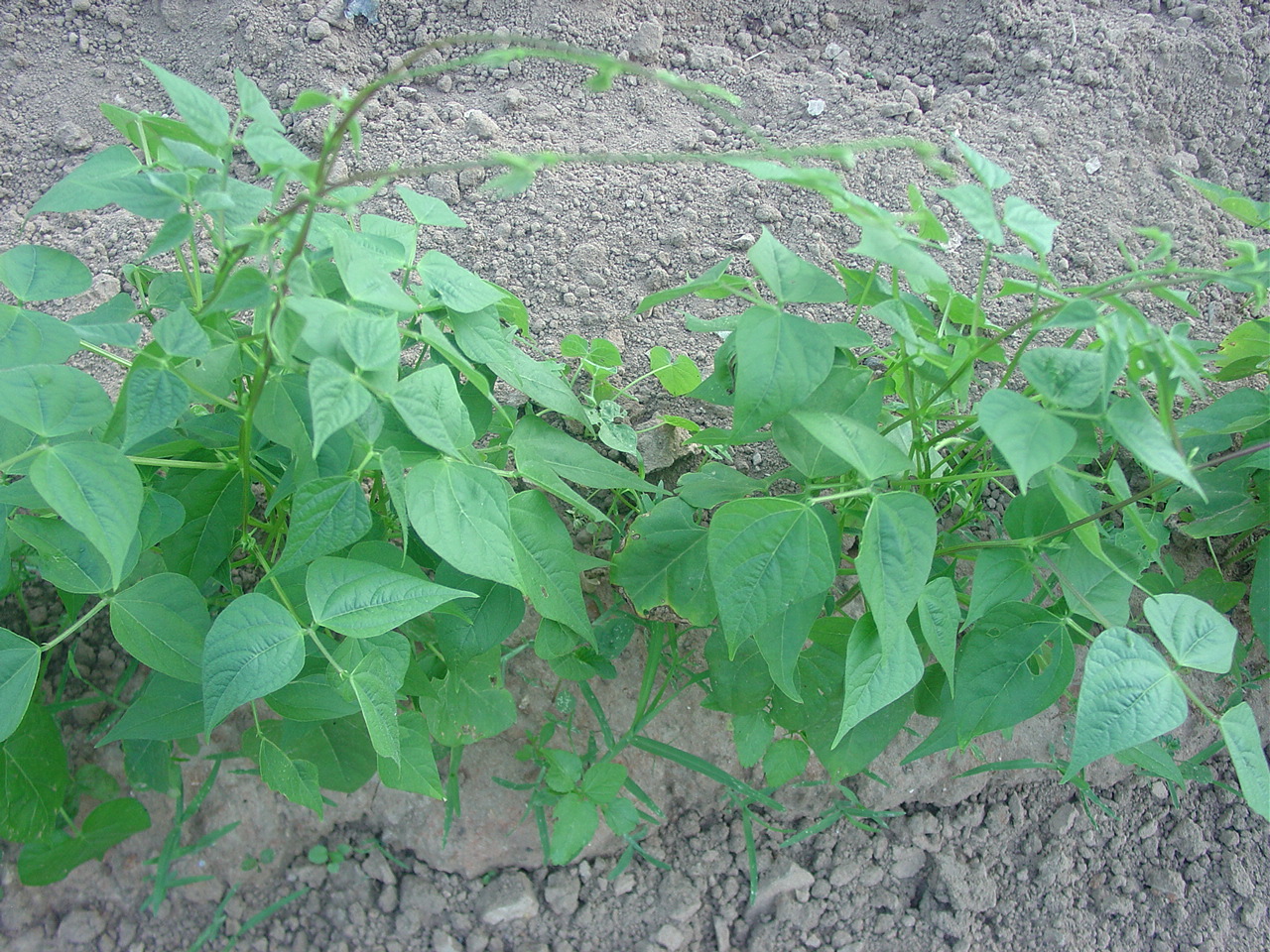 Vax 4 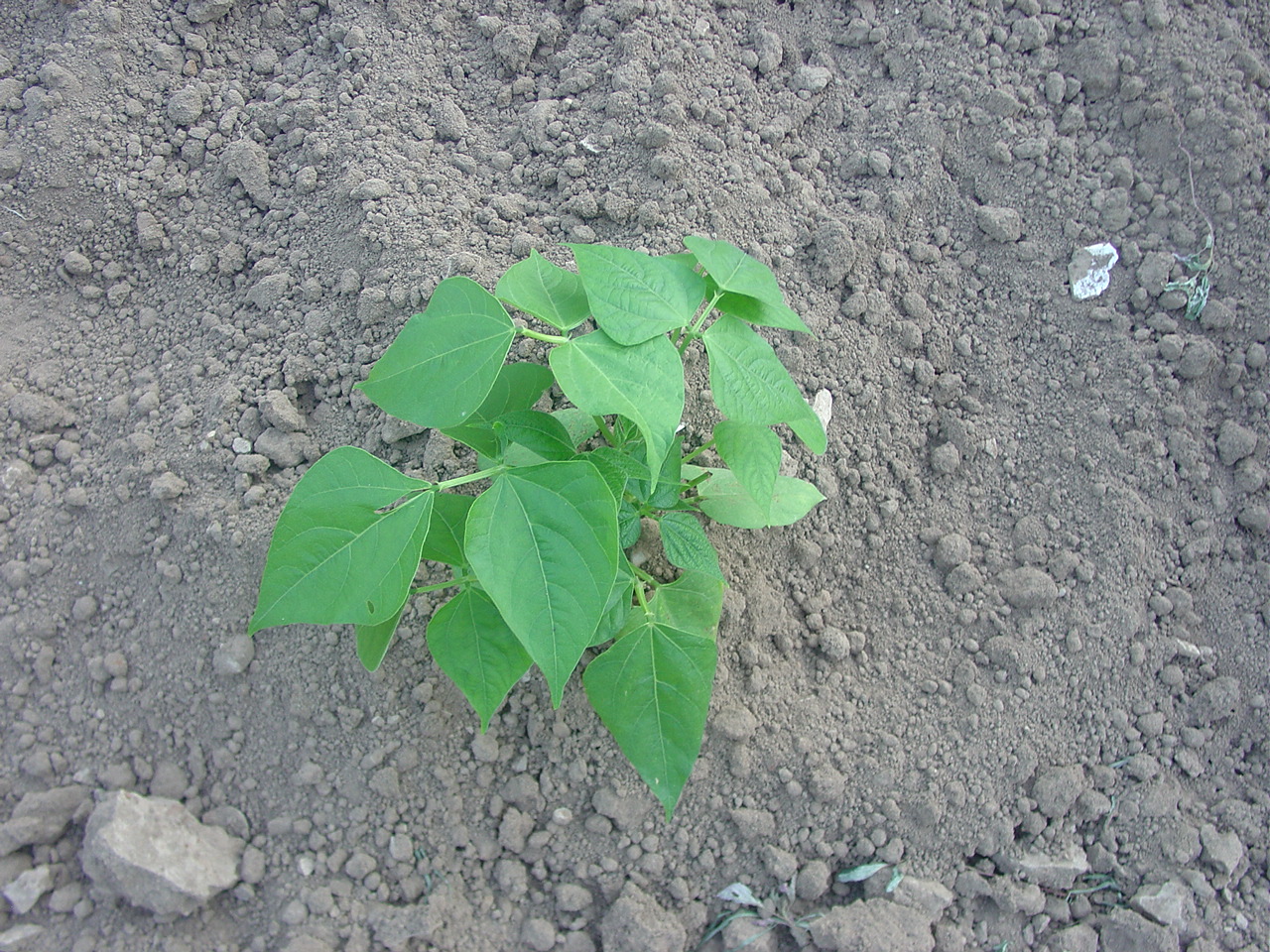 Vax 3 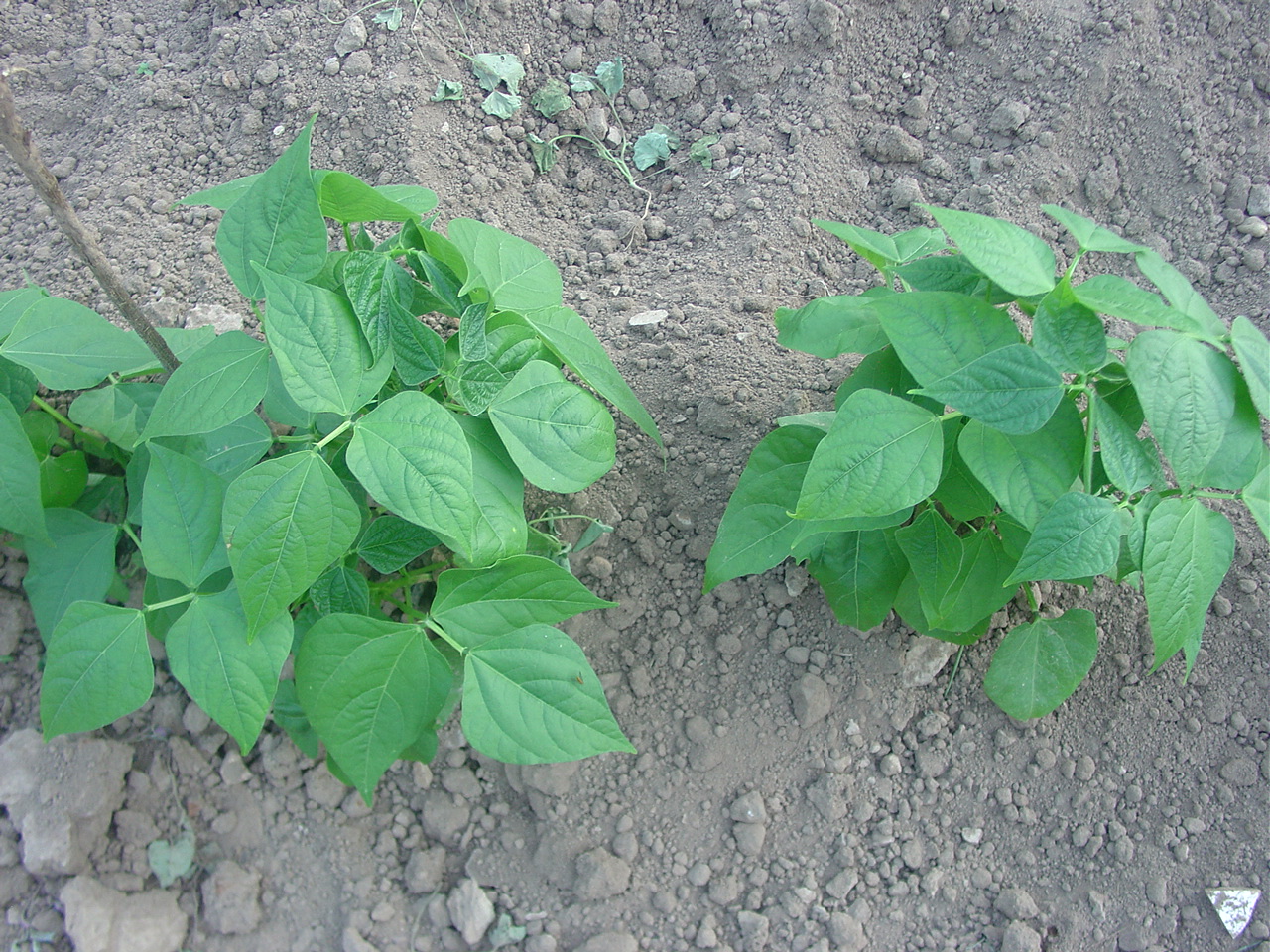 Vax 1 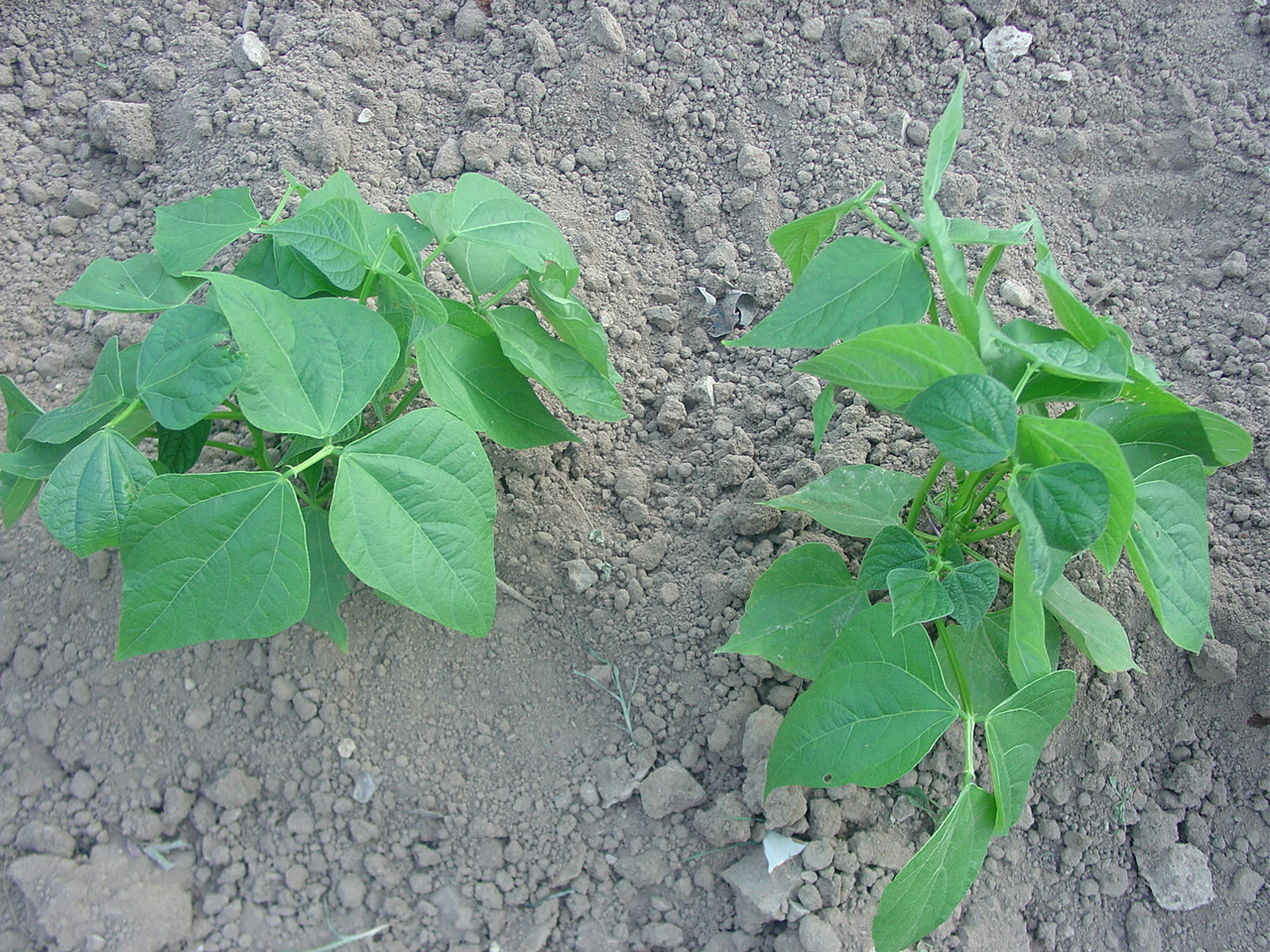 Xan159 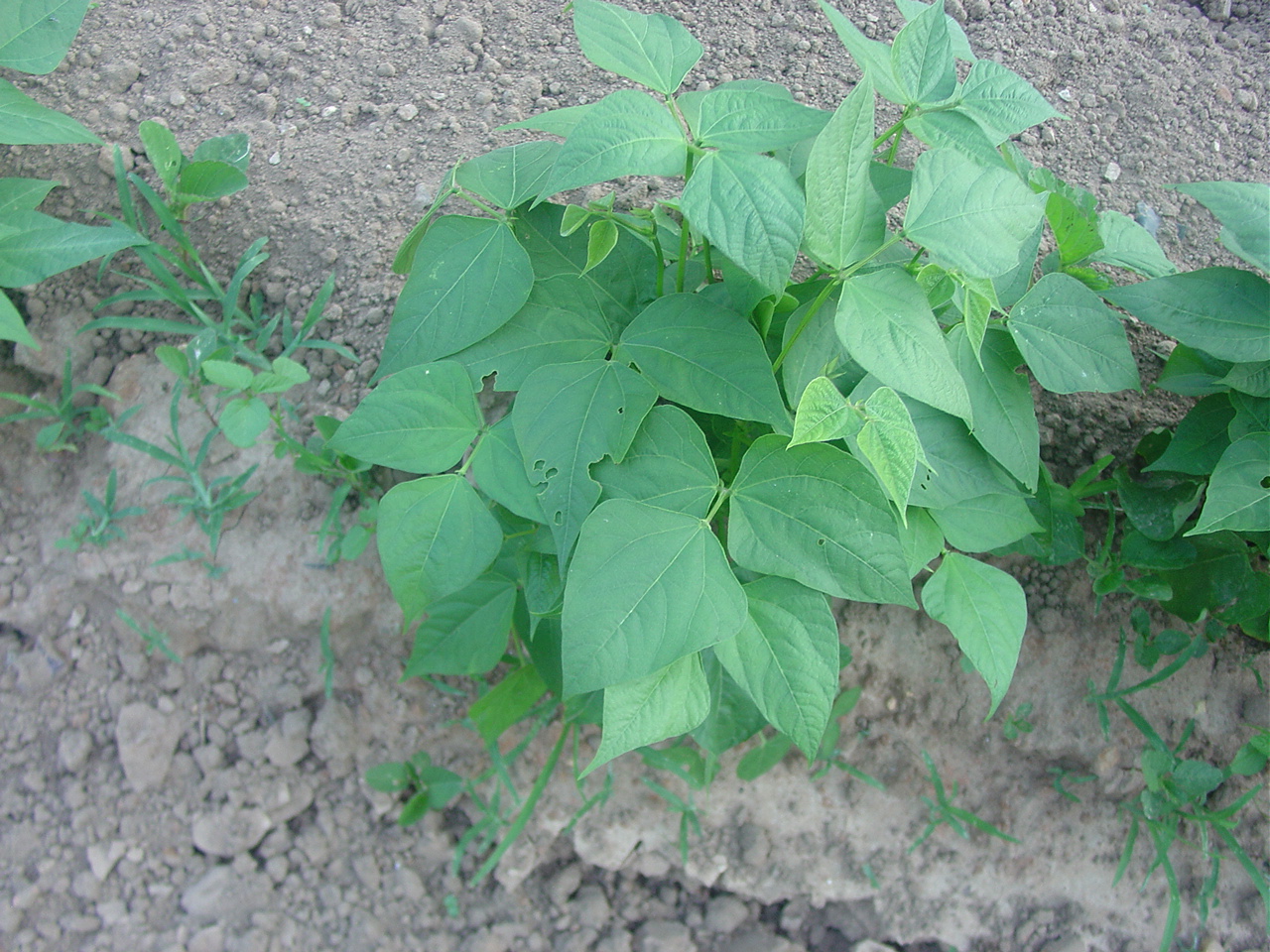 Purple Emerite 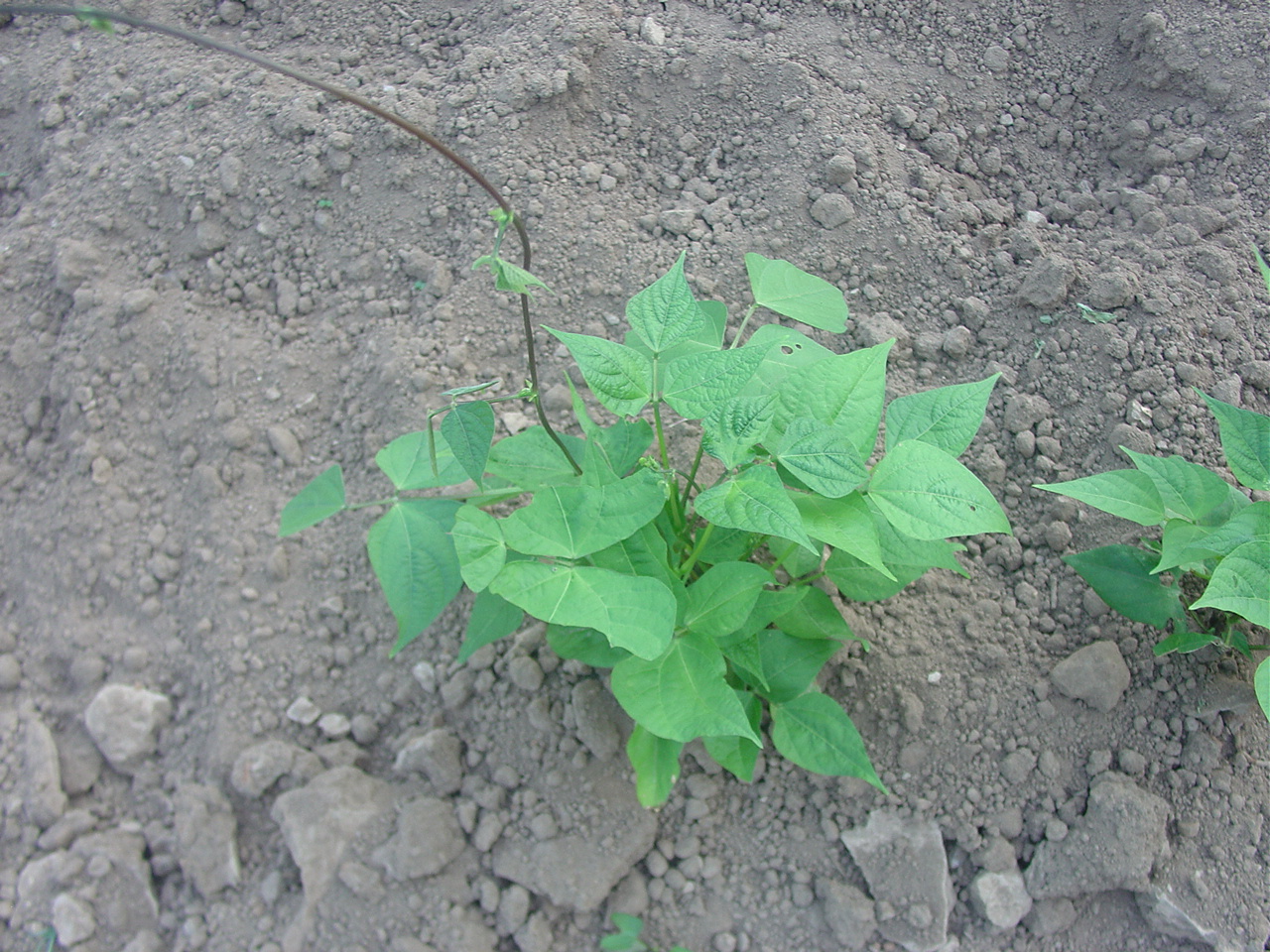 |
|
|
|
Post by steev on Jun 21, 2013 23:51:58 GMT -5
I admit to being uncertain. The leaves of all those are pointier than I expect from vulgaris, though not so pointy as I expect from acutifolia.
Nevertheless, that soil looks like a tough row to hoe; congratulations on anything that grows well, there.
|
|
|
|
Post by oxbowfarm on Jun 22, 2013 15:34:42 GMT -5
Really? Looks like a dream to me.
|
|
|
|
Post by DarJones on Jun 22, 2013 23:14:34 GMT -5
The soil in that area is excellent, it just crusted after the last heavy rain followed by 3 days of heat and sunshine. Another time or two with a tiller and some more weeding and it will be back in good condition. It could use some organic amendments as is true of almost all of my garden. Organic matter breaks down very fast with the combination of heat and humidity here in the South East.
DarJones
|
|
|
|
Post by paquebot on Jun 23, 2013 11:31:32 GMT -5
Dar's plant photos look very much like two turtles which I'm growing this year. They also look very unlike the blue speckled which I'm growing.
Martin
|
|
|
|
Post by Joseph Lofthouse on Jul 2, 2013 23:19:13 GMT -5
Here is what my patch of Resilient Bean Breeder looked like today. (The three center rows.) I planted them by like colors: So the lightest yellows went together, and the dark blacks together, and the browns, and the purple-blacks, etc... I planted 10 seeds of each color. One of the colors has produced plants which are much darker green than the others. I am definitely practicing selection on these beans. Anything that is slow growing, or yellowish gets chopped out. I'm done painting vegetables. To the left is a row of sunflowers. Even further left are the South American corns. To the right are Steev's gray speckled teparies that were inter-planted with common beans last summer. Further right is the F1 of [LISP Ashworth X Joseph's Popcorn] which I am using to move some popcorn alleles into my sweet corn, and to attempt to shorten the Days to Maturity of my popcorn.  |
|
|
|
Post by oxbowfarm on Jul 12, 2013 8:16:20 GMT -5
Noticing some interesting things in the Mitla Black comparison planting. I can definitely see how easy it would be to assume Mitla Black is a tepary. Now that its actively showing vegetative growth, it looks very much like a tepary. Much more like a tepary than like a common bean, it would be easy to glance at it and automatically assume it was a tepary. Primarily this has to do with the size of stems and leaves. Despite the plants being very vigorous, the stems are extremely fine and the leaves are the smallest leaves I've ever seen on a common bean. Here's a comparison photo. Blue Speckled tepary all the way on the right, Mitla Black in the bottom center, and a leaf from Brown Trout on the left for comparison.  I still think Mitla Black is Phaseolus vulgaris, but I can easily understand how someone who didn't grow any teparies could mistake Mitla Black for one. |
|
|
|
Post by Joseph Lofthouse on Jul 12, 2013 8:42:59 GMT -5
Oxbowfarm: Great photo and analysis. The shape of the leaves between the black Mitla and the tepary are considerably different. At first glance they look similar, but the tepary leaves are more narrow and shaped like an isosceles triangle with straight sides, while the black Mitla leaves are shaped more like a shield: broad with curved sides and a recurved tip. I drew on the photo to demonstrate what I mean. Not a perfect match, but it demonstrates the difference as I see it.  |
|
|
|
Post by 12540dumont on Jul 14, 2013 23:04:27 GMT -5
  On the left Joseph's dry beans (coats of many colors) On the right Dar's Southern/French beans  |
|
|
|
Post by steev on Jul 15, 2013 0:33:05 GMT -5
My Blue-Speckled teparies have some dry pods. Now, should I pick them, at great cost of time and labor, or wait and pull the plants, to dry and thresh, having lost many beans to dry-shattering? This is where having low-cost labor (women and children, typically) enters the equation. We assume the prevailing theory, that the Anasazi were done in by drought, but what if it was Women's Lib? Food for thought, and we must chew on something.
|
|